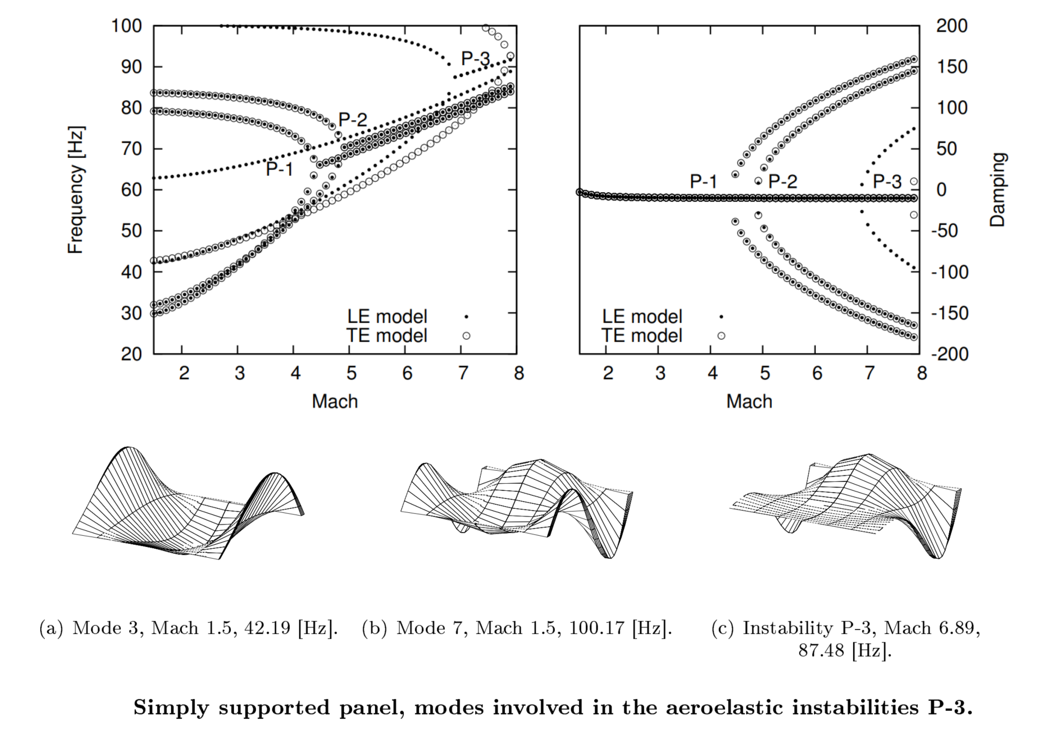Aeroelasticity could be defined as a science which studies the mutual interaction between aerodynamics and elastic forces, and the influence of this interaction on the structural design. Many critical aeroelastic phenomena involve inertial forces as well as aerodynamics and elastic forces. Aeroelastic problems can be divided into two large categories: static aeroelastic problems, e.g., torsional divergence, phenomena of control reversal, and dynamic aeroelastic problems such as lock-in, vortex shedding (von Karman vortices separation), flutter, buffeting and galloping.

Figure 1 Tridimensional deformation of a wing. Classical VS Refined models.
MUL2 models exploit enhanced kinematic description to provide accurate aeroelastic solutions even though complex geometries or advanced materials are adopted. The numerical efficiency of the one- and two-dimensional models, as well as the accuracy of the quasi-3D solution, make the MUL2 aeroelastic model a valuable option for the design of advanced flexible structures such as wind turbine blades or high aspect-ratio composite wings. The capabilities of this formulation have been widely applied to the analysis of composite wing flutter, the instability analysis of thermal protection panels for space applications and to investigate the aeroelastic response of rotating structures.

MUL2 research group uses state-of-the-art technologies to investigate the aeroelastic response of real structures experimentally. Both experimental modal analysis (EMA) and operational modal analysis (OMA) can be performed by means of advanced acquisition systems suitable for laboratory and in-flight tests.

MUL2 Invesigators
Erasmo Carrera, Matteo Filippi, Alfonso Pagani, Marco Petrolo, Enrico Zappino, Rodolfo Azzara